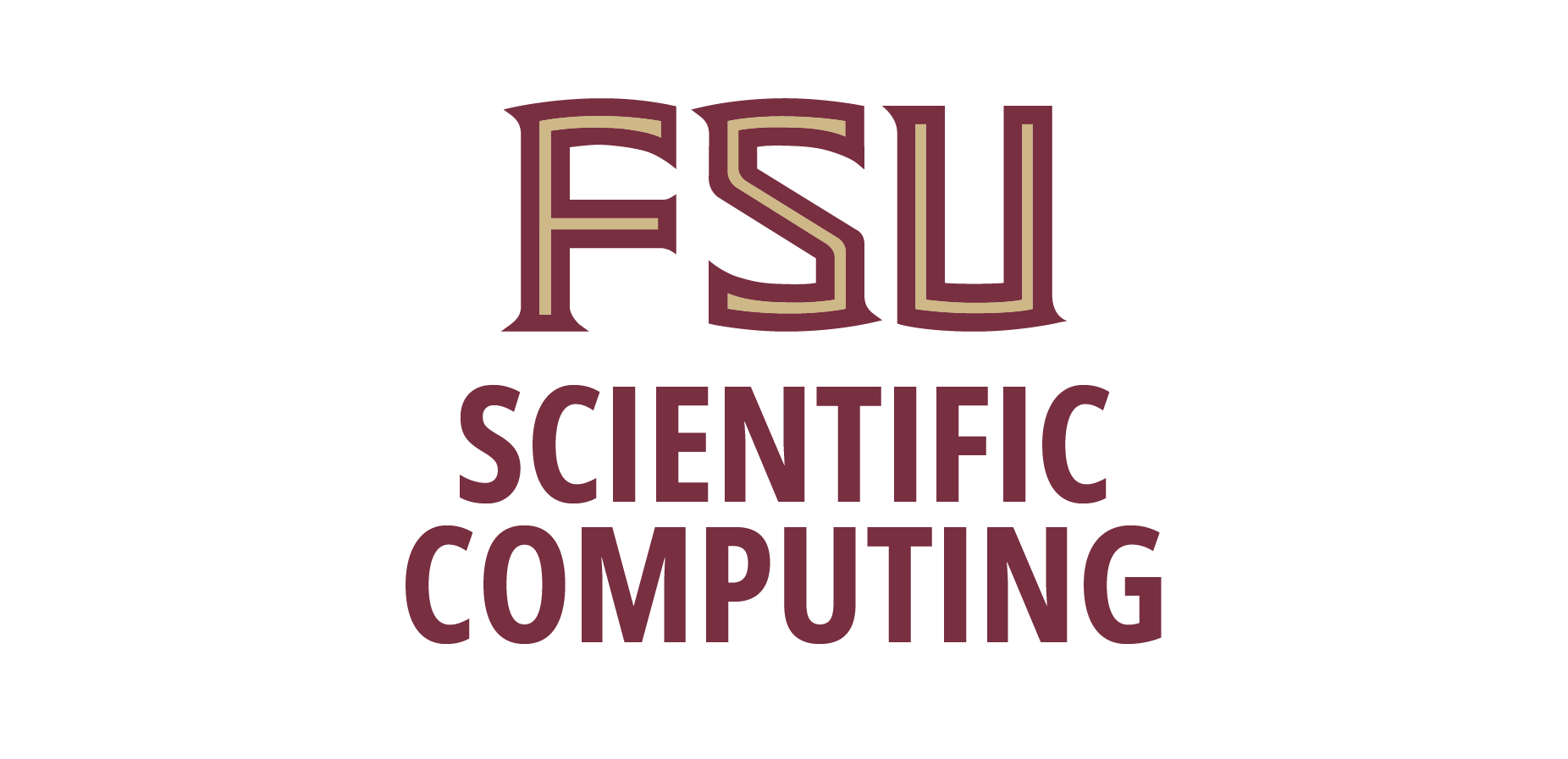The College of Arts and Sciences, Florida State University, and the FSU Board of Trustees recently awarded Dr. Bryan Quaife tenure and promotion to Associate Professor. Quaife joined the Department of Scientific Computing as an Assistant Professor in the Fall of 2016 after completing a four years as a postdoctoral associate at the University of Texas at Austin. His research seeks to develop and implement numerical methods to efficiently and accurately describe both slow (groundwater flow, nanorod and biomembrane suspensions) and fast moving (fire and plumes) fluid flows.
Since arriving at the department, Quaife has expanded the scope of his research, applying his mathematical and computational knowledge base to a wide variety of problems. In slow moving fluid flows, he has studied transport properties in eroded materials, explored the statistical properties of a porous medium to flow and used adhesion to describe chains of biomembranes. He has made major contributions to the study of fast moving fluids, too, through his research on fire dynamics.
“The biggest change to my research is that I branched into a completely new field—fire dynamics. This research is much more interdisciplinary than my other projects, and it includes collaborators from Engineering, Statistics, Los Alamos National Lab, and Tall Timbers Research Station,” said Quaife. “I am still active in projects that are more closely related to work I started before joining FSU. However, the biggest change to these projects is that I am now applying algorithms I developed before FSU to better understand physical processes such as erosion and cellular permeability.”
Quaife’s major accomplishments in fire dynamics and fast moving fluids include combining computations and experiments to characterize how atmospheric conditions affect low intensity prescribed fire; calculating burn times and probabilities of fire spread; and, along with then doctoral student David Robinson, implementing an augmented reality sandbox to visualize real-time fire spread in geometry with topography.
Historically, faculty concentrate on fundamental research during their early career and shift toward new projects and mentorship after receiving tenure. Assisting Quaife with these wide-ranging projects, however, is a bevy of enthusiastic students - students well in excess of the typical new assistant professor working to establish himself, his classes, and his research. Quaife embraces these experiences as positive, adding depth and dimensionality to his research.
“The way I see it, I have been fortunate to have many students show interest in working with me. These students are all doing great work, and through our collaborations we have been able to publish interesting papers and secure funding. The diversification of my research is also a direct consequence of the research interests of my students. As two examples, I co-advised Sid Bishnu with a scientist at Los Alamos National Laboratory to incorporate ocean dynamics into the Energy Exascale Earth System Model, I co-advised Lukas Bystricky with Sachin Shanbhag to simulated suspensions of rigid bodies with applications in polymer physics, and with Ashley Gannon I study suspensions of semipermeable and multicomponent membranes.”
Since joining FSU, Quaife has received several grant awards, published fifteen papers in top tier journals, and taught undergraduate and graduate courses that combine algorithms, computer programming, theory, and applications. He is using Department of Defense funding for fire dynamics research to investigate the structure of near-field plumes, a collaboration between key performers from four institutions.
“I have been fortunate to teach classes and seminars that are related to different research projects. Through these courses several students have become interested in my research and are now working with me. I have two funded projects that are both in collaboration with faculty from other departments and institutions. By working with experts from different disciplines, my research has become much more interdisciplinary. Many of my other projects are also in collaboration with colleagues from different institutions.”
To learn more about Quaife, his students, and his research, go to https://people.sc.fsu.edu/~bquaife/.
For more on the department, go to www.sc.fsu.edu.


